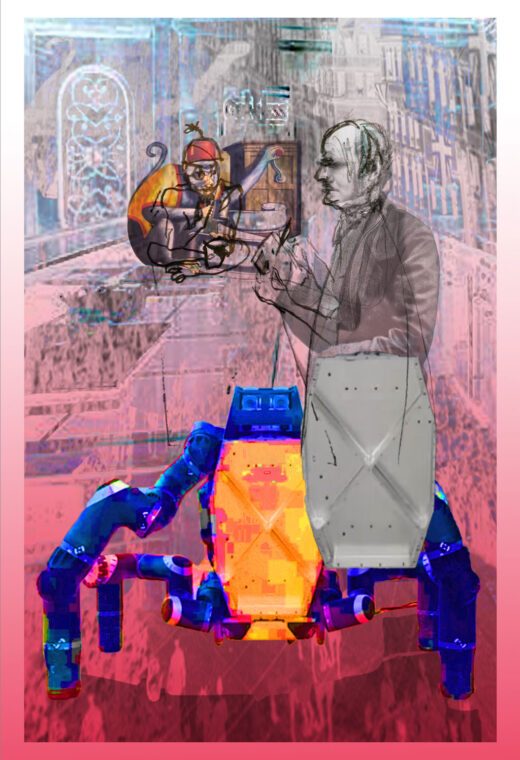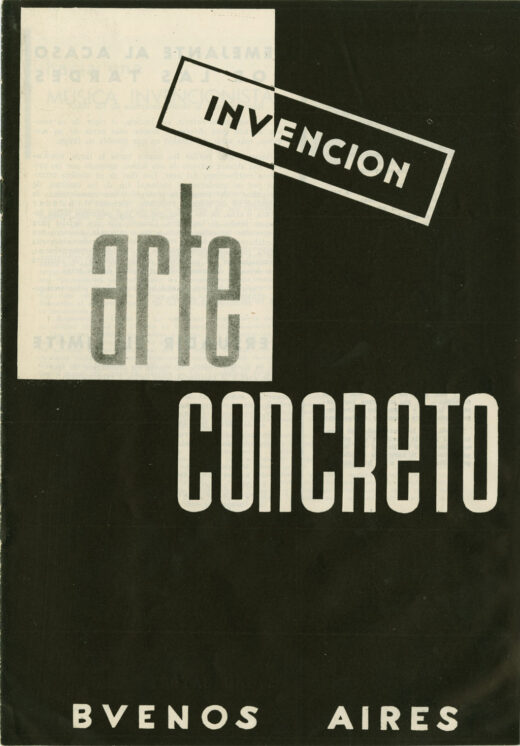From The Editors
Several of the texts and projects in this new issue of ARTMargins underscore the role of photography and performance in rendering visible our “ways of seeing” and what they occlude: forms of imagining and inhabiting urban space that are suppressed by official discourse, clandestine archives that simultaneously register and obfuscate the humanitarian crimes of the last Brazilian dictatorship, and deaths forgotten or naturalized as part of the AIDS epidemic, among others. The insistence of that which is alternately invisible and reified—illegible and overcoded— runs like a thread through this issue, raising questions about the nature and stakes of the interpretations … Read more











